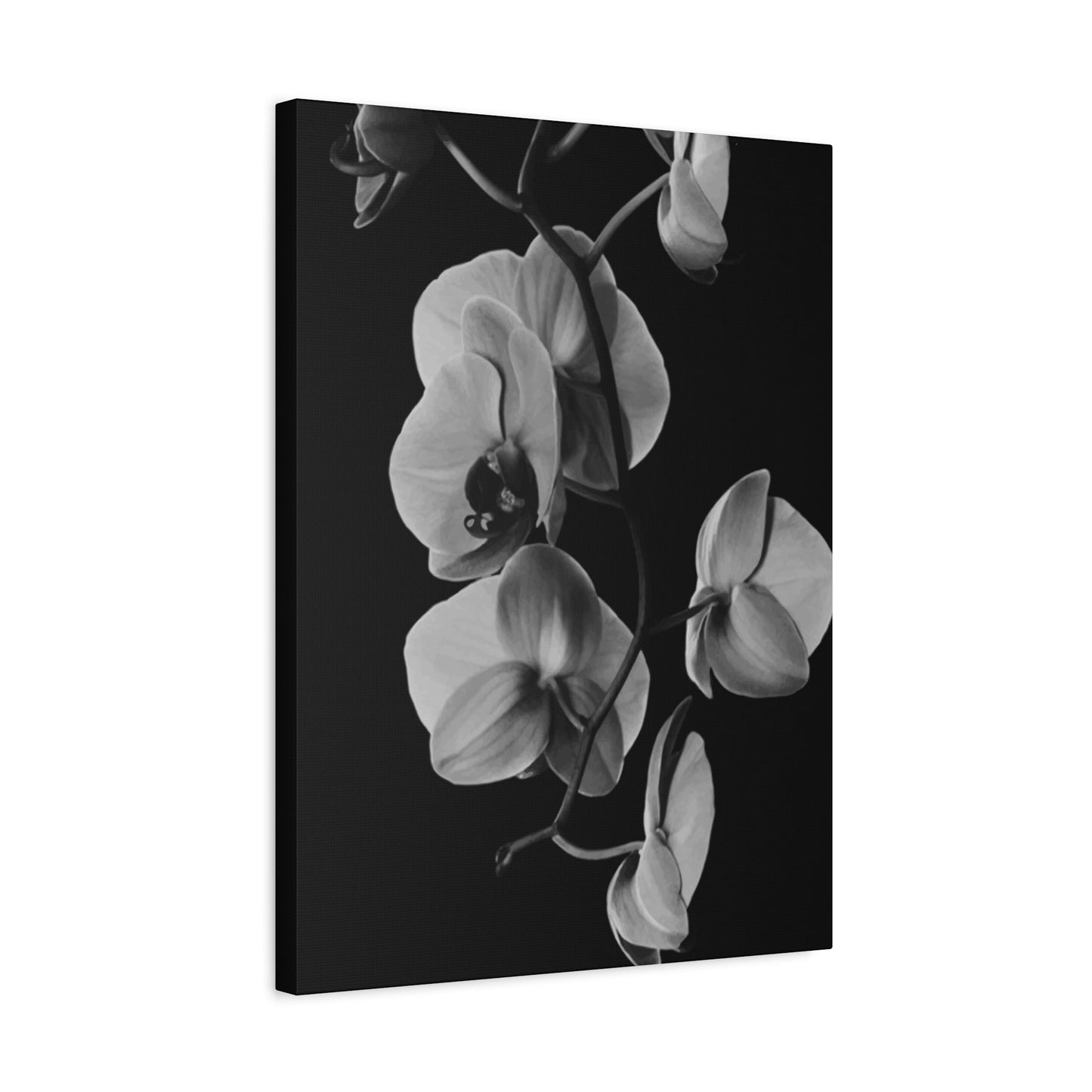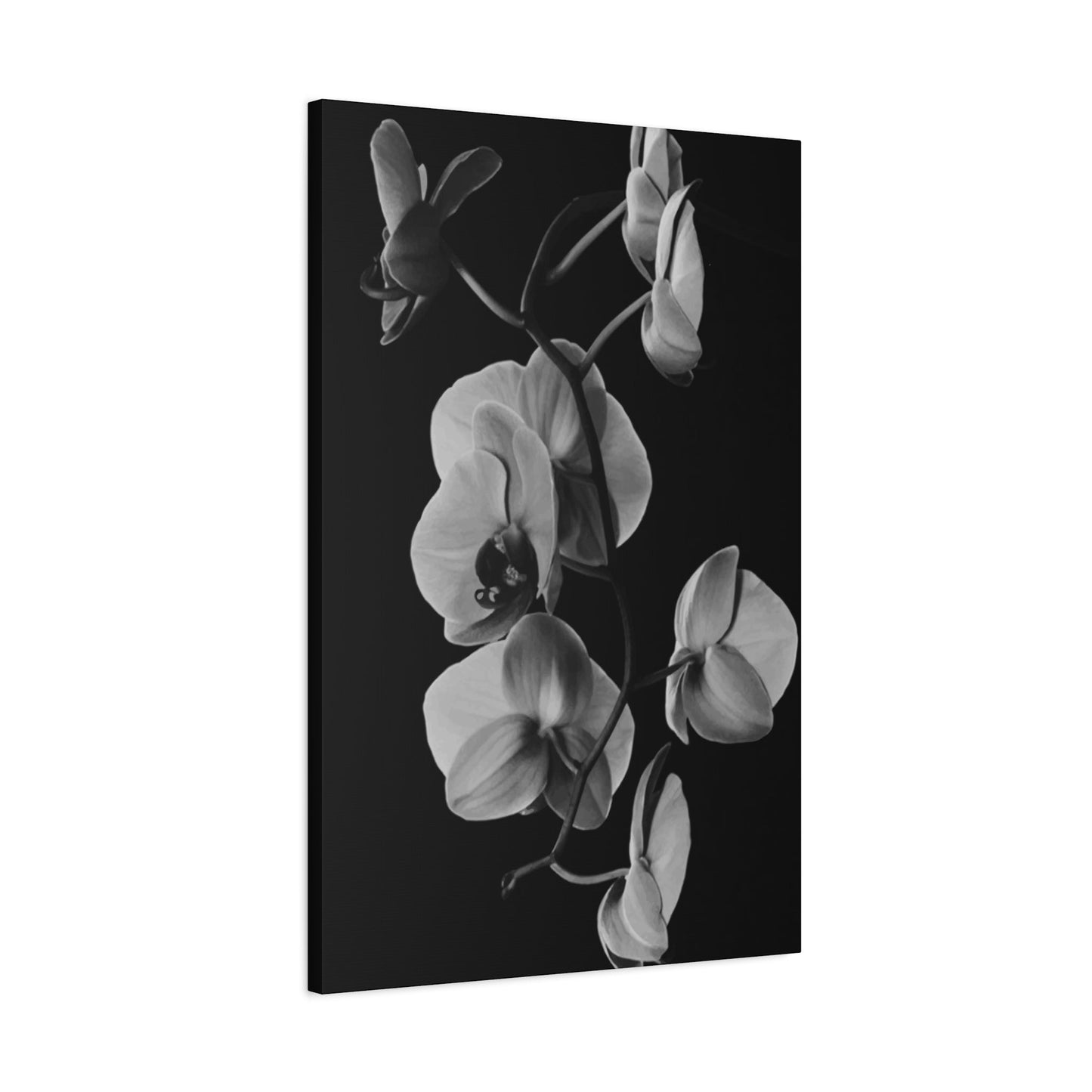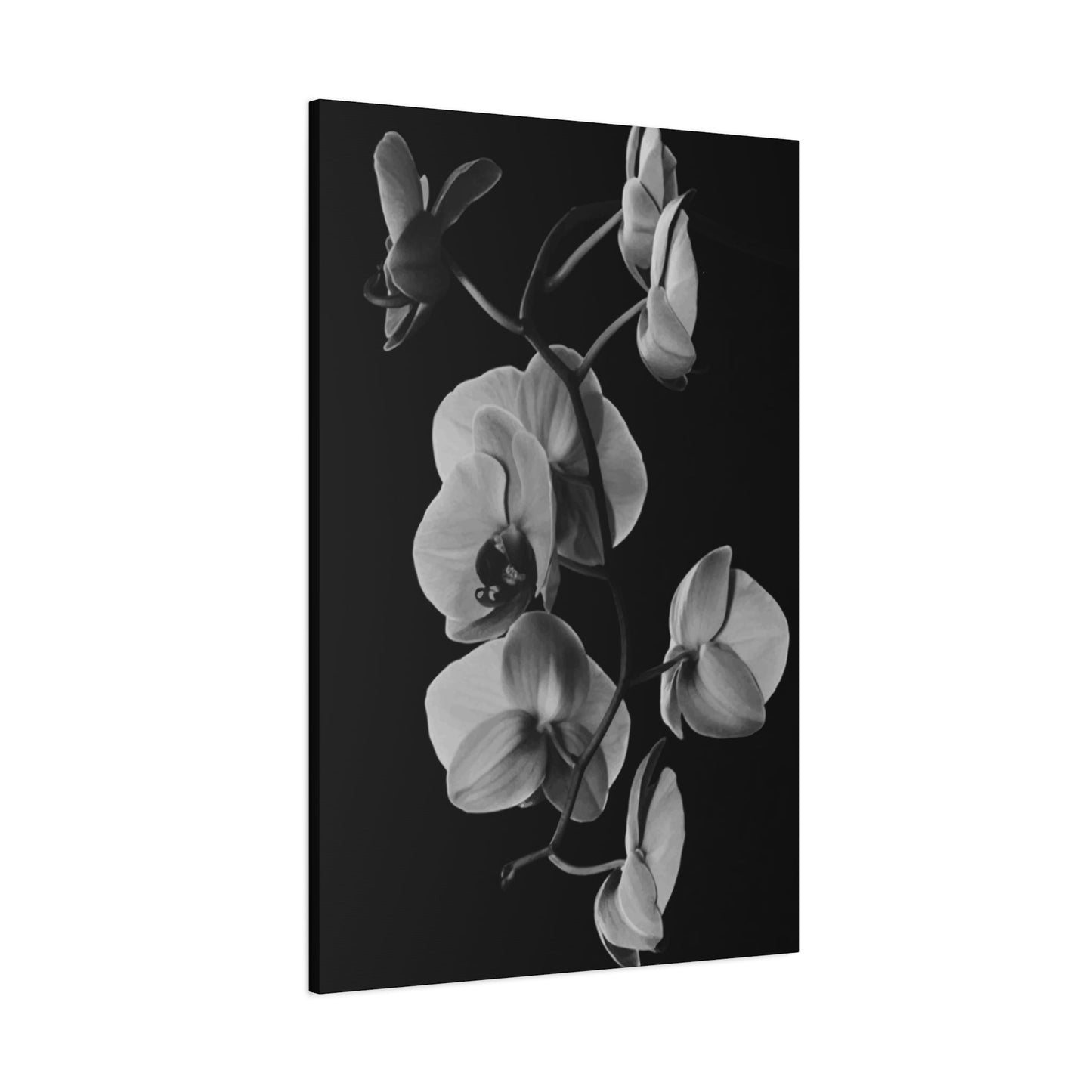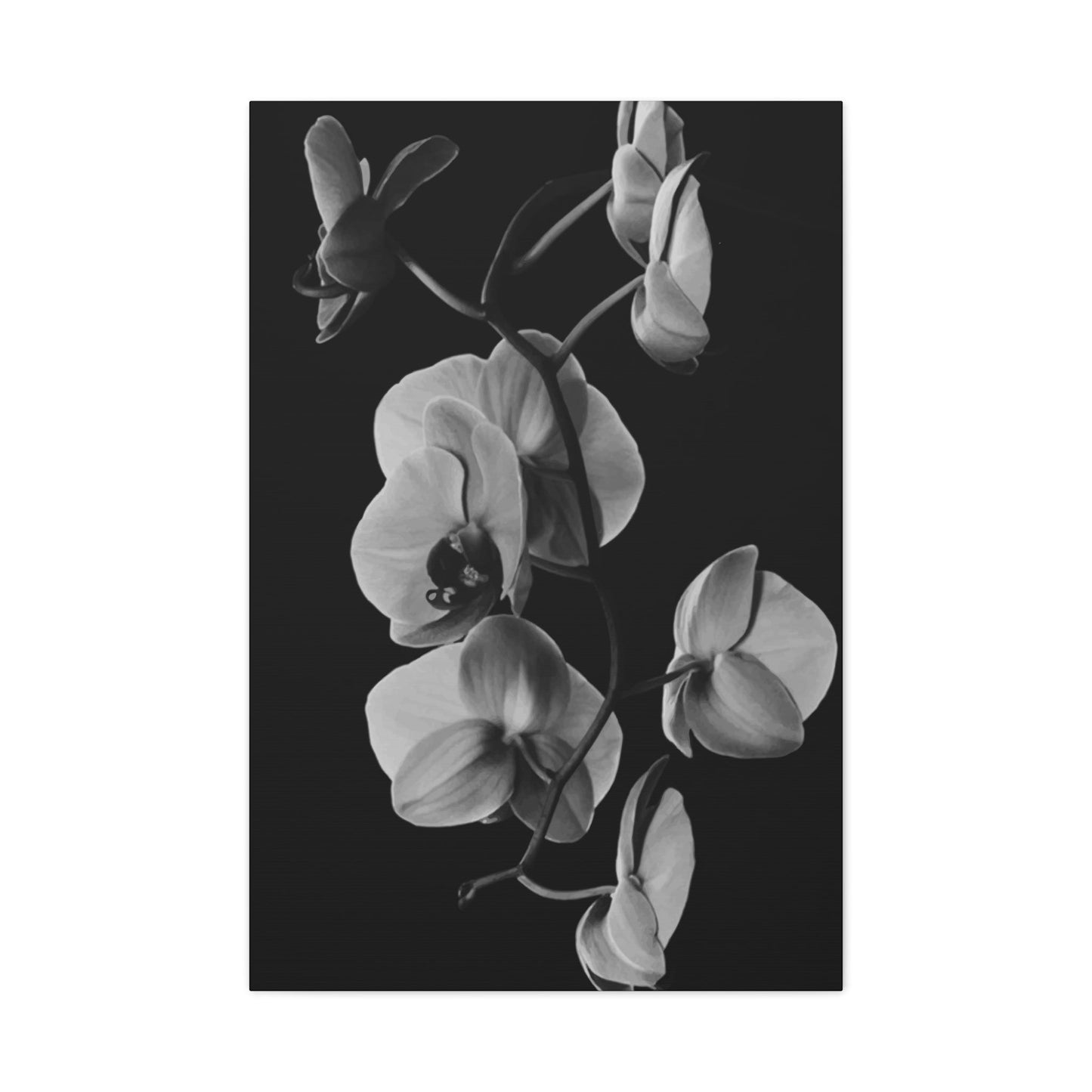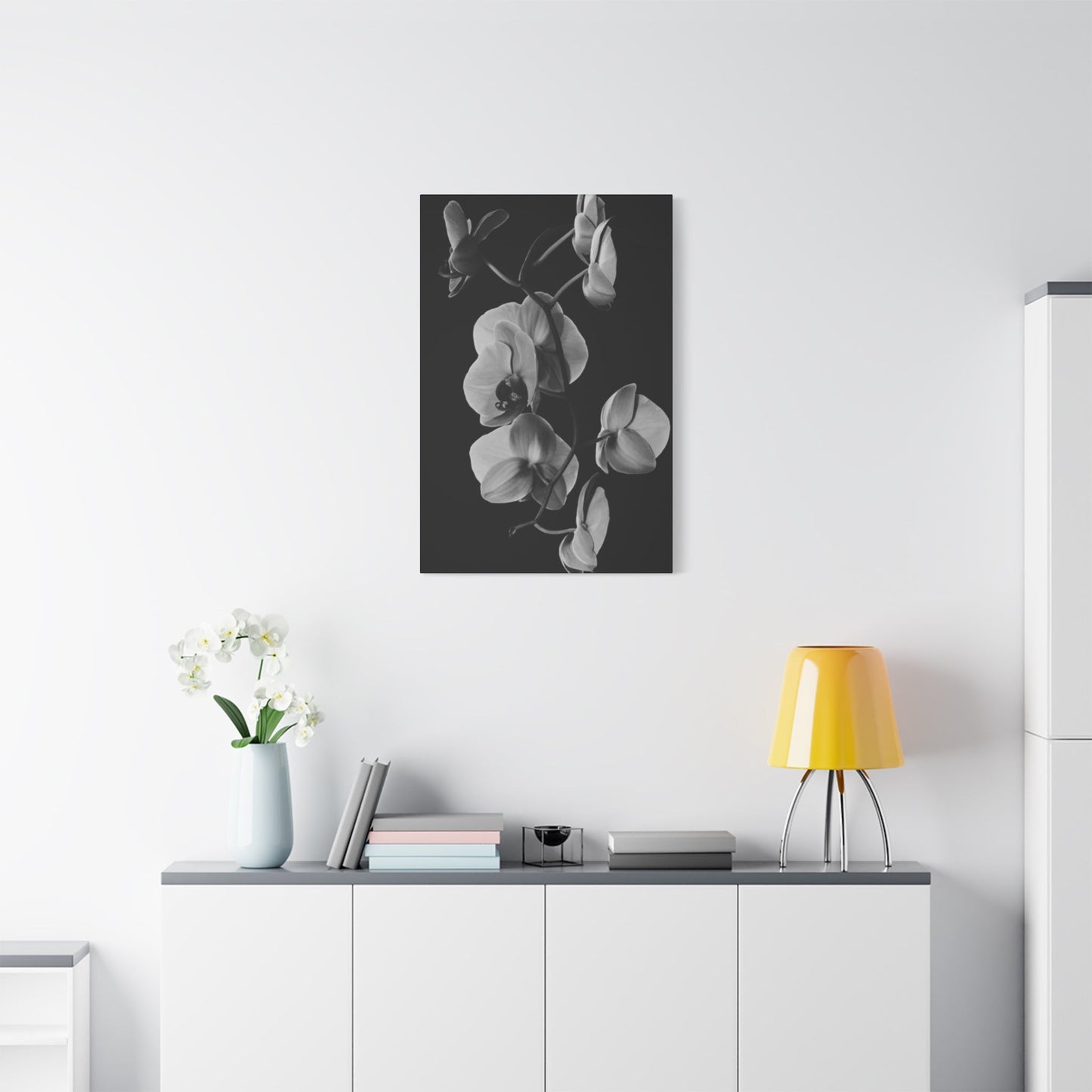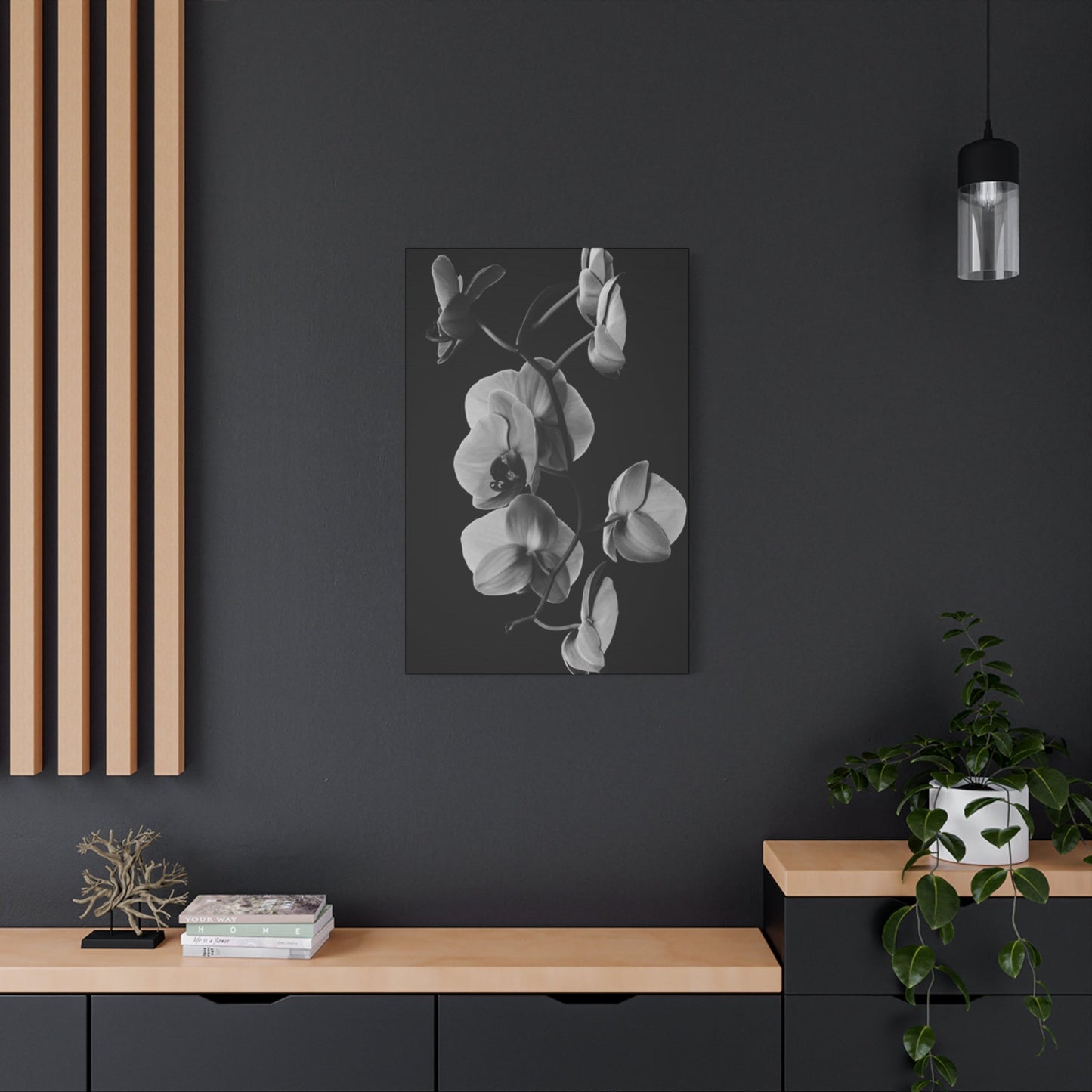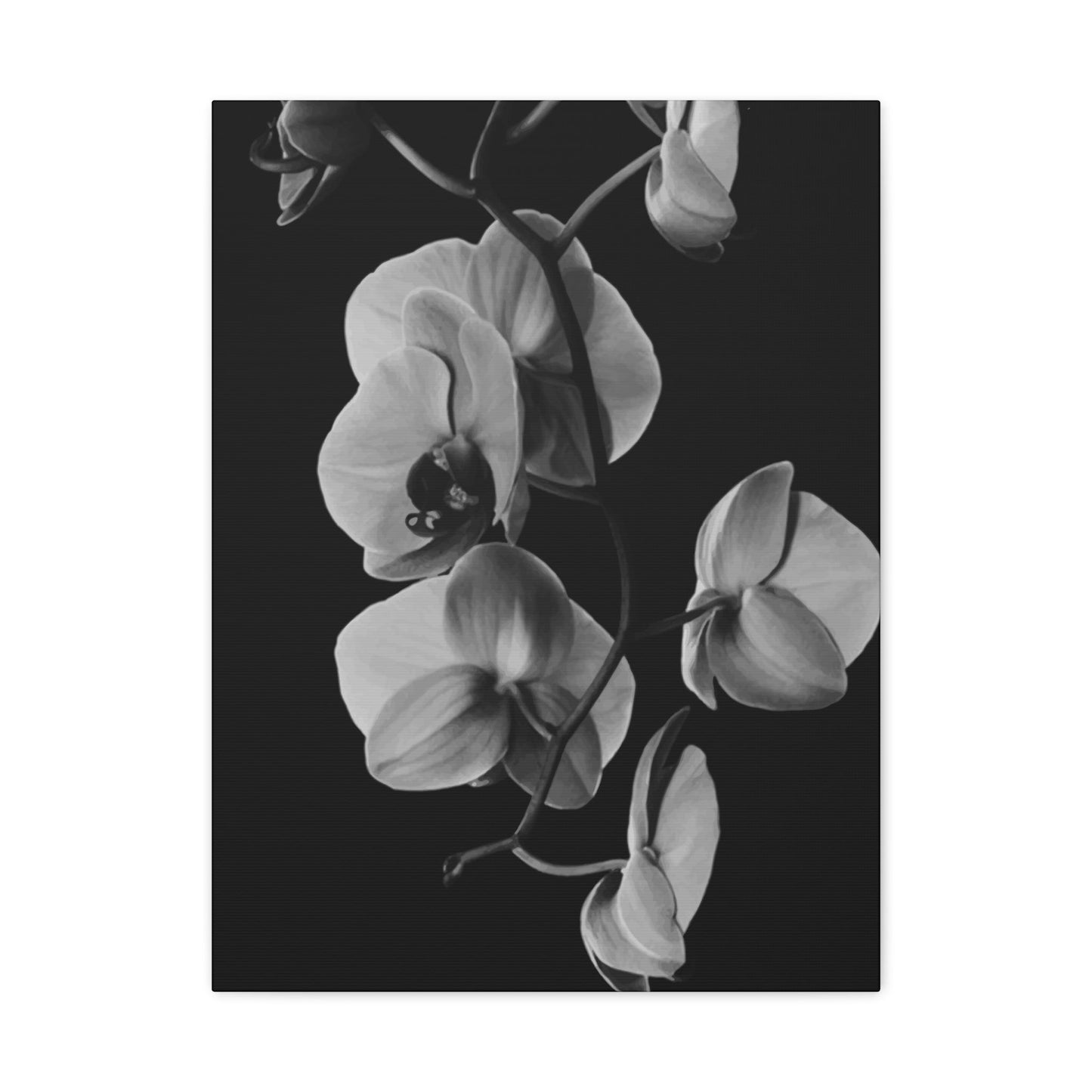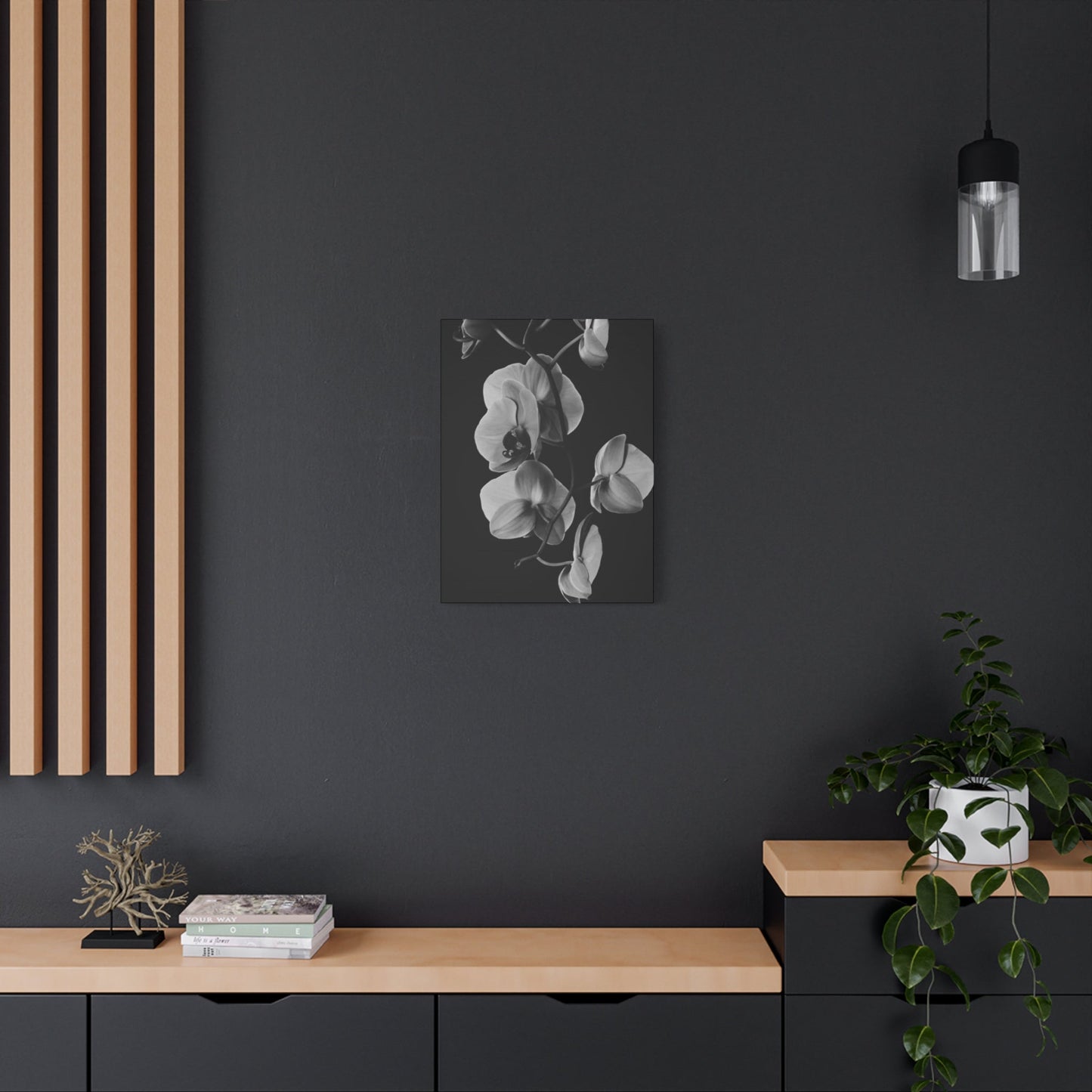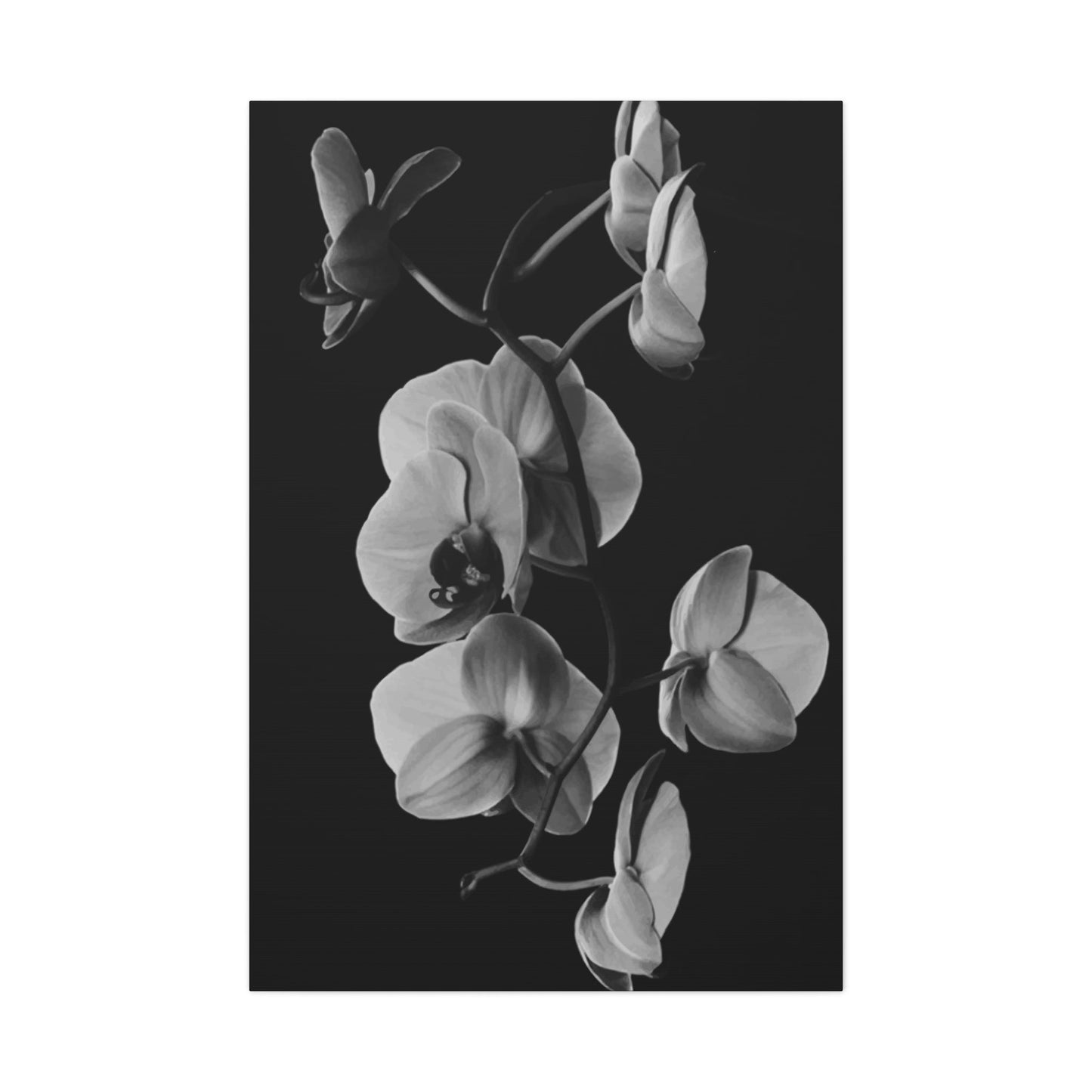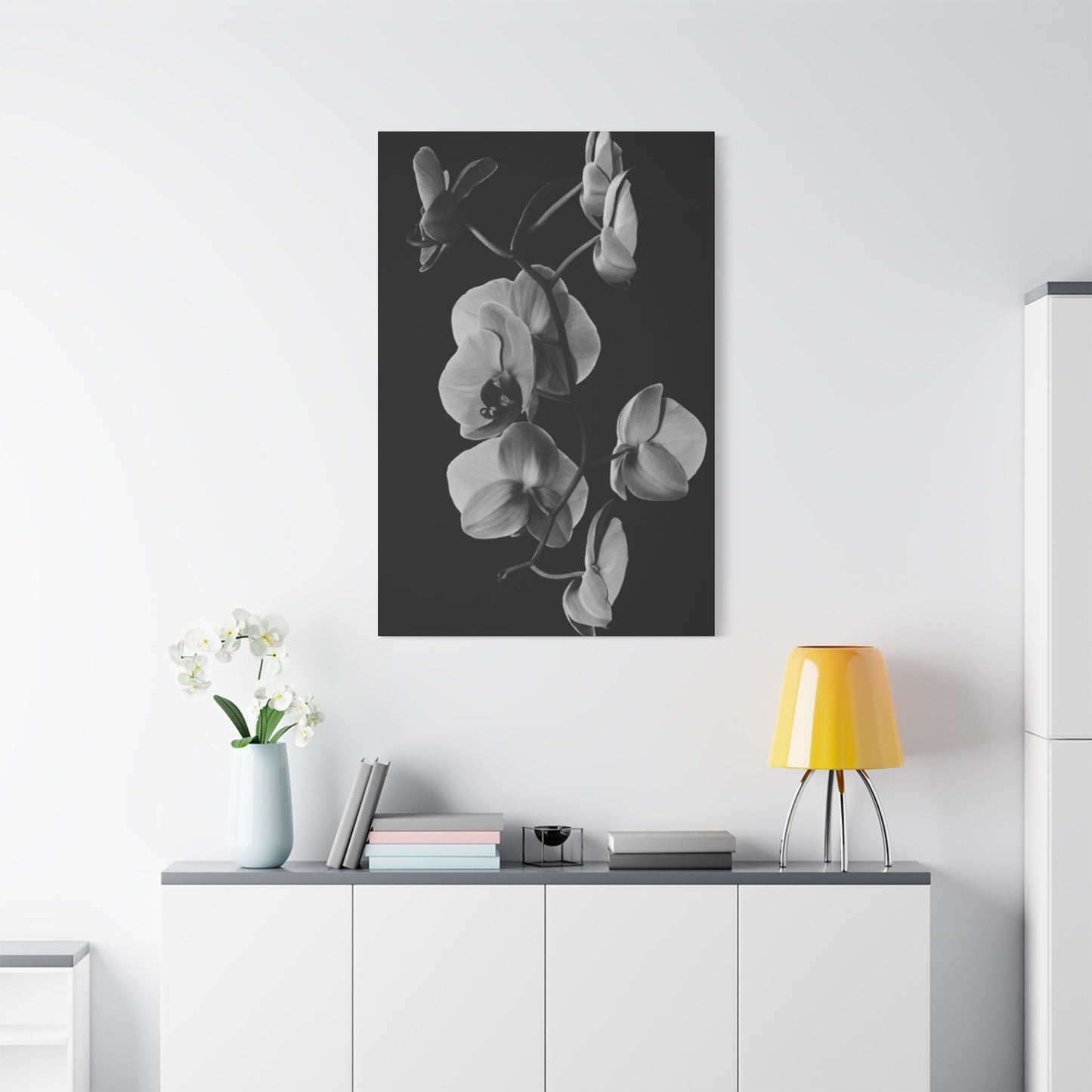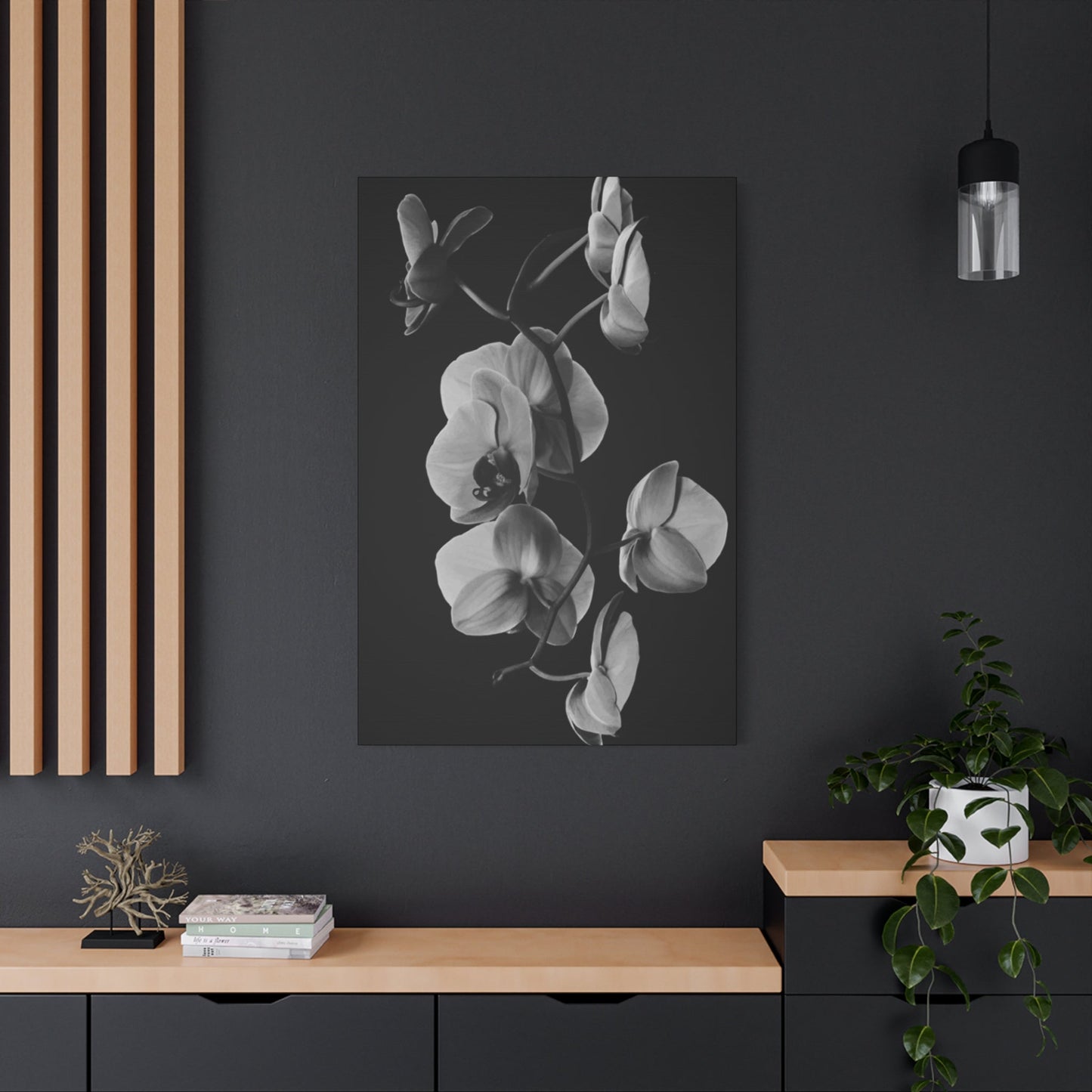Daffodil Wall Art: Bringing Spring Vitality to Your Living Environment
The arrival of spring awakens our senses with vibrant colors, fresh scents, and renewed energy. Among the most cherished symbols of this season, daffodils stand out as magnificent harbingers of hope, renewal, and joy. These golden beauties have captivated artists and homeowners alike for centuries, making daffodil wall art an increasingly popular choice for those seeking to infuse their homes with warmth and optimism.
Daffodil wall art represents more than mere decoration; it embodies the essence of transformation and new beginnings. These stunning floral artworks can instantly elevate any room's atmosphere, bringing the outdoors inside and creating a sense of perpetual spring throughout your home. Whether you prefer photographic prints, watercolor paintings, or modern interpretations, daffodil artwork offers endless possibilities for enhancing your living environment.
The versatility of daffodil wall art makes it suitable for various rooms and decorating styles. From traditional farmhouse kitchens to contemporary living rooms, these cheerful blooms adapt beautifully to different aesthetic preferences. The natural golden yellow of daffodils complements numerous color schemes, while their symbolic meaning adds depth and significance to your decor choices.
Professional decorators and homeowners increasingly recognize the psychological benefits of incorporating nature-inspired artwork into living environments. Daffodil wall art provides visual connections to the natural world, promoting feelings of tranquility, happiness, and well-being. The mere presence of these floral images can reduce stress levels and create a more positive atmosphere for daily activities.
As we explore the world of daffodil wall art, we'll discover how these beautiful floral pieces can transform ordinary rooms into extraordinary sanctuaries. From selecting the perfect artwork to incorporating it seamlessly into existing decor schemes, this comprehensive exploration will guide you through every aspect of bringing daffodil magic into your home.
Illuminate Your Environment with Vibrant Daffodil Artwork
Creating an illuminated and welcoming home environment starts with selecting artwork that radiates positive energy and natural beauty. Daffodil wall art excels at this task, offering homeowners an opportunity to brighten their surroundings with the cheerful presence of spring's most beloved flowers. These golden blooms possess an inherent ability to transform dark corners into focal points of warmth and joy.
The strategic placement of daffodil artwork throughout your home can significantly impact the overall ambiance and mood. Consider positioning larger pieces in areas where natural light is limited, as the bright yellow tones of daffodils create an illusion of sunlight even on cloudy days. This technique proves particularly effective in hallways, bathrooms, and north-facing rooms that receive minimal direct sunlight.
Color psychology plays a crucial role in how daffodil wall art affects our emotions and perceptions. The predominant yellow hues associated with these flowers stimulate mental clarity, creativity, and optimism. When incorporated into home decor, daffodil artwork can help combat seasonal depression, boost energy levels, and maintain a positive outlook throughout the year.
Different artistic interpretations of daffodils offer varying levels of brightness and impact. Photorealistic paintings capture the intricate details of these flowers, showcasing their delicate petals and subtle color variations. Abstract interpretations emphasize the essence of daffodils through bold strokes and vibrant colors, creating dynamic focal points that command attention and spark conversation.
The size and scale of daffodil wall art directly influence its ability to brighten and transform your environment. Large-scale pieces create dramatic statements and can serve as primary focal points in spacious rooms. Medium-sized artworks work well in groupings, allowing you to create gallery walls that tell cohesive stories about spring, renewal, and natural beauty.
Texture considerations also play important roles in maximizing the illuminating effects of daffodil artwork. Canvas prints with visible brush strokes add depth and dimension, creating shadows and highlights that enhance the three-dimensional quality of the flowers. Smooth finishes reflect light more evenly, producing cleaner, more modern appearances that complement contemporary decorating schemes.
Lighting design significantly affects how daffodil wall art appears and functions within your home. Proper illumination can intensify the golden tones of daffodils, making them appear more vibrant and lifelike. Track lighting, picture lights, or strategically placed table lamps can create dramatic effects that highlight the artwork's most compelling features.
Seasonal considerations shouldn't limit your enjoyment of daffodil wall art. While these flowers naturally represent spring, their cheerful appearance and symbolic meaning make them appropriate year-round decorative elements. During winter months, daffodil artwork serves as a reminder of warmer days ahead, providing psychological comfort and maintaining connections to nature's renewal cycles.
The therapeutic benefits of viewing daffodil wall art extend beyond simple aesthetic appreciation. Studies have shown that exposure to nature-inspired artwork can reduce cortisol levels, lower blood pressure, and improve overall mental health. The presence of daffodil images in your home creates opportunities for daily meditation and mindfulness practices centered around natural beauty and seasonal cycles.
Selecting Daffodil Canvas Prints for Seasonal Home Enhancement
Canvas prints have revolutionized how we incorporate fine art into our homes, making museum-quality reproductions accessible and affordable for everyday decorators. When selecting daffodil canvas prints for seasonal home enhancement, several factors deserve careful consideration to ensure your choices create maximum visual impact and long-term satisfaction.
The quality of canvas material significantly affects both the appearance and longevity of daffodil prints. Premium cotton canvas provides excellent color reproduction and durability, while synthetic alternatives offer cost-effective options for budget-conscious decorators. The weave density of the canvas influences how fine details appear, with tighter weaves producing sharper images and smoother transitions between colors.
Print resolution determines how crisp and detailed your daffodil artwork will appear, particularly when viewed up close. High-resolution prints maintain their clarity even in large formats, allowing you to showcase intricate flower details like petal textures, stem characteristics, and background elements. Lower resolution options may appear pixelated when enlarged, diminishing the overall impact of the artwork.
Color accuracy represents another crucial consideration when selecting daffodil canvas prints. Professional printing services use calibrated equipment and high-quality inks to ensure that the golden yellows and subtle green tones of daffodils appear true to life. This accuracy becomes particularly important when matching artwork to existing color schemes or when creating coordinated groupings of multiple pieces.
The stretching and mounting process affects both the presentation and longevity of canvas prints. Gallery-wrapped canvases extend the image around the edges, creating finished appearances without requiring frames. Museum-quality stretching techniques ensure that the canvas remains taut over time, preventing sagging or warping that could compromise the artwork's appearance.
Protective coatings applied to canvas prints help preserve color vibrancy and protect against environmental damage. UV-resistant treatments prevent fading when prints are displayed in areas with significant sunlight exposure. Moisture-resistant coatings provide protection in humid environments like bathrooms or kitchens, extending the lifespan of your daffodil artwork.
Size selection plays a critical role in achieving desired visual impact and proportional balance within your rooms. Large format prints create dramatic focal points suitable for expansive walls in living rooms or dining areas. Medium-sized options work well in bedrooms, offices, or as part of gallery wall arrangements. Smaller prints serve as accent pieces in powder rooms, hallways, or intimate seating areas.
The artistic style of daffodil canvas prints should complement your existing decorating preferences and lifestyle choices. Traditional botanical illustrations appeal to those who appreciate scientific accuracy and historical artistic traditions. Contemporary interpretations might feature bold colors, abstract elements, or modern photographic techniques that align with current design trends.
Purchasing considerations extend beyond initial cost to include factors like return policies, satisfaction guarantees, and customer service support. Reputable suppliers offer preview services, allowing you to see how specific prints will look in your home environment before making final purchase decisions. Some companies provide consultation services to help coordinate multiple pieces or suggest complementary artworks.
Seasonal flexibility allows you to maximize your investment in daffodil canvas prints by incorporating them into various decorating schemes throughout the year. Consider how these spring-themed artworks might transition into summer displays by pairing them with other seasonal elements or how they might provide cheerful contrast during autumn and winter months.
The emotional connection you feel with specific daffodil images should influence your selection process. Choose prints that resonate with your personal experiences, memories, or aspirations. Artwork that holds personal meaning provides greater long-term satisfaction and becomes more than mere decoration, evolving into cherished elements of your home's personality and character.
Strategies for Choosing Ideal Daffodil Artwork
Selecting the perfect daffodil artwork requires a systematic approach that considers multiple factors, from aesthetic preferences to practical considerations. The process begins with honest assessment of your current decor, lifestyle needs, and long-term decorating goals. Understanding these foundational elements helps narrow down the vast array of available options and ensures your choices will provide lasting satisfaction.
Room function significantly influences artwork selection decisions. Living rooms and family gathering areas benefit from larger, more dramatic daffodil pieces that can serve as conversation starters and focal points. Bedrooms require more subdued approaches, with softer color palettes and gentler compositions that promote relaxation and peaceful sleep. Kitchen and dining areas allow for playful interpretations that celebrate the connection between flowers and food, growth and nourishment.
Color coordination involves more than simply matching existing paint colors or furniture finishes. Consider the undertones present in your current decor and how different interpretations of daffodil artwork might complement or clash with these subtle variations. Warm yellow daffodils pair beautifully with cream, peach, and golden color schemes, while cooler interpretations work better with gray, blue, or sage green palettes.
Scale and proportion considerations extend beyond individual room dimensions to include furniture arrangements and architectural features. Artwork should relate appropriately to the elements surrounding it, neither overwhelming smaller furnishings nor appearing insignificant beside substantial architectural details. Create visual balance by considering how the artwork will interact with windows, doorways, built-in cabinetry, and other permanent room features.
Personal style preferences play crucial roles in determining which daffodil artwork will provide the greatest satisfaction over time. Traditional decorators often gravitate toward realistic botanical paintings or vintage-inspired prints that complement classic furnishing styles. Contemporary enthusiasts might prefer abstract interpretations, minimalist compositions, or innovative artistic techniques that align with modern aesthetic principles.
Budget constraints require careful consideration of both initial purchase costs and long-term value propositions. Original paintings command premium prices but offer unique ownership experiences and potential investment value. High-quality prints provide affordable access to professional artwork while allowing for seasonal changes or room updates without significant financial commitment. Consider the cost per square inch when comparing options of different sizes.
Artist reputation and artistic credentials can influence both immediate satisfaction and long-term value. Established artists with exhibition histories and critical recognition typically command higher prices but offer greater potential for appreciation over time. Emerging artists might provide opportunities to discover exceptional talent at more accessible price points while supporting developing careers.
Medium selection affects both appearance and maintenance requirements. Oil paintings offer rich, traditional appearances but require careful climate control and professional cleaning. Watercolors provide delicate, luminous effects but need protection from moisture and direct sunlight. Digital prints offer consistency and affordability while maintaining high image quality across multiple reproductions.
Authenticity verification becomes important when purchasing original artwork or limited edition prints. Reputable dealers provide certificates of authenticity, detailed provenance information, and clear return policies. Research the artist's background, examine signature consistency, and verify edition numbers when investing in higher-value pieces.
Installation requirements should influence selection decisions, particularly for larger or heavier pieces. Consider wall construction, available hanging hardware, and accessibility for future maintenance or relocations. Some artwork requires professional installation services, adding to the overall project cost and complexity.
The decision-making process benefits from taking time to live with potential choices before making final commitments. Many galleries and online retailers offer preview services, allowing you to see how specific pieces look in your actual home environment. Take advantage of these opportunities to evaluate artwork under different lighting conditions and at various times of day.
Symbolism and Cultural Significance of Daffodil Flower Artwork
Daffodils carry profound symbolic meanings that have resonated across cultures and centuries, making artwork featuring these beloved flowers rich with significance beyond their visual beauty. Understanding the deep cultural associations connected with daffodils enhances appreciation for artwork featuring these remarkable blooms and provides context for their enduring popularity in home decoration and artistic expression.
The primary symbolism associated with daffodils centers around themes of renewal, rebirth, and new beginnings. These flowers emerge as winter's grip loosens, often pushing through snow to herald spring's arrival. This natural timing has made daffodils powerful metaphors for resilience, hope, and the cyclical nature of life itself. Artwork featuring daffodils carries these associations, making it particularly meaningful for individuals experiencing major life transitions or seeking symbols of optimism.
In Christian traditions, daffodils hold special significance as Easter flowers, representing resurrection and eternal life. The timing of their bloom coincides with Easter celebrations in many regions, creating natural connections between the flowers' emergence and spiritual themes of renewal and redemption. Daffodil artwork often appears in homes during Lent and Easter seasons, serving as visual reminders of faith and spiritual transformation.
Celtic cultures attributed magical properties to daffodils, believing they possessed the ability to bring good fortune and protect against negative influences. Welsh traditions hold daffodils as national symbols, with the flowers appearing prominently in cultural celebrations and artistic expressions. This cultural significance adds layers of meaning to daffodil artwork, particularly for individuals with Celtic heritage or interests in folklore traditions.
The Victorian language of flowers assigned specific meanings to daffodils based on their varieties and presentation contexts. Yellow daffodils symbolized chivalry and regard, while white varieties represented purity and innocence. The number of flowers depicted in artwork could convey different messages, with single blooms representing new love and clusters suggesting joy and happiness in established relationships.
Chinese culture associates daffodils with good fortune and prosperity, particularly during New Year celebrations. The flowers' golden color connects them with wealth symbolism, while their spring emergence represents fresh opportunities and positive beginnings. Daffodil artwork incorporating these cultural elements appeals to individuals seeking to invite prosperity and good luck into their homes.
Psychological research supports the positive emotional associations traditionally connected with daffodils. Studies demonstrate that viewing images of these flowers can improve mood, reduce anxiety, and promote feelings of optimism and well-being. This scientific validation of traditional beliefs about daffodils' uplifting properties adds contemporary relevance to historical symbolism.
The connection between daffodils and memory creates poignant significance for artwork featuring these flowers. Many people associate daffodils with childhood memories, family gardens, or significant life events that occurred during spring months. Daffodil artwork can serve as visual triggers for positive memories, creating emotional connections that transcend mere aesthetic appreciation.
Medicinal and herbal traditions have long recognized daffodils for their healing properties, though the flowers are toxic when consumed. Historical uses focused on external applications for wound healing and pain relief. While modern daffodil artwork doesn't carry medicinal properties, it maintains connections to healing traditions through its ability to provide psychological comfort and emotional uplift.
Literary references to daffodils, most famously in William Wordsworth's poetry, have cemented these flowers' associations with natural beauty, solitude, and contemplation. Artwork inspired by or referencing these literary connections appeals to individuals who appreciate the intersection of visual arts and literature, creating multilayered meaningful experiences.
Conservation symbolism has emerged as contemporary meaning associated with daffodils, as these naturalized flowers represent successful adaptation and environmental resilience. Daffodil artwork can symbolize commitment to environmental protection and sustainable living practices, resonating with individuals who value ecological consciousness.
The universality of positive associations with daffodils makes artwork featuring these flowers particularly suitable for gift-giving and special occasion commemorations. Whether celebrating achievements, marking new beginnings, or offering comfort during difficult times, daffodil artwork carries appropriate symbolic weight while maintaining broad appeal across different cultural backgrounds and personal beliefs.
Harmonizing Daffodil Prints with Complementary Floral Arrangements
Creating cohesive decorating schemes that incorporate daffodil prints alongside other floral elements requires understanding color relationships, seasonal progressions, and compositional balance. The key to successful integration lies in recognizing how different flowers complement each other both visually and symbolically, creating layered narratives that enhance rather than compete for attention.
Color harmony provides the foundation for successful floral combinations. Daffodils' natural yellow tones pair beautifully with purple flowers like crocuses, violets, and lavender, creating classic complementary color schemes that feel both vibrant and balanced. The addition of white flowers such as snowdrops, tulips, or cherry blossoms provides neutral elements that allow both yellow and purple tones to appear more saturated and dramatic.
Seasonal progression offers natural grouping strategies for combining daffodil artwork with other floral prints. Early spring combinations might include daffodils with crocuses, snowdrops, and pussy willows, representing the gradual awakening of nature after winter's dormancy. Late spring arrangements could incorporate daffodils with tulips, hyacinths, and forsythia, celebrating the full emergence of spring's abundance.
Textural contrast adds visual interest when combining different types of floral artwork. The smooth, cup-shaped petals of daffodils contrast beautifully with the papery texture of poppies, the ruffled edges of carnations, or the delicate tracery of fern fronds. These textural differences create dynamic compositions that maintain viewer interest while avoiding visual monotony.
Scale variation prevents floral groupings from appearing static or predictable. Large daffodil prints can anchor arrangements of smaller complementary flowers, while clusters of small daffodil images might surround a single large rose or peony print. This hierarchical approach creates visual movement and guides the eye through the composition in pleasing patterns.
Garden-inspired themes provide logical frameworks for combining daffodil artwork with other floral elements. Cottage garden themes might pair daffodils with roses, hollyhocks, and delphiniums, creating romantic, abundant compositions. Woodland themes could combine daffodils with bluebells, trilliums, and wild violets, evoking natural forest floor communities.
Cultural garden traditions offer additional inspiration for floral combinations. English garden themes naturally pair daffodils with roses, foxgloves, and lavender. Japanese garden influences might combine simplified daffodil representations with cherry blossoms, irises, and bamboo elements. Mediterranean themes could integrate daffodils with olive branches, rosemary, and citrus blossoms.
Symbolic meanings can guide the selection of complementary flowers to create cohesive thematic statements. Combining daffodils with roses creates messages about love and new beginnings. Pairing them with forget-me-nots emphasizes themes of remembrance and faithful affection. Integration with sunflowers produces powerful statements about optimism and joy.
Artistic style consistency ensures that different floral elements work together harmoniously rather than creating jarring contrasts. Photorealistic daffodil prints pair best with similarly realistic depictions of other flowers, while abstract daffodil interpretations harmonize better with stylized or modernized floral artwork. Mixed media approaches can work but require careful attention to compositional balance.
Framing and presentation considerations affect how different floral prints interact within room settings. Consistent framing materials and styles help unify diverse floral elements, while varied frame treatments can create intentional contrast and visual interest. The spacing between pieces influences whether they read as individual artworks or as cohesive groupings.
Lighting design plays crucial roles in how different floral prints appear together. Consistent illumination helps colors appear accurate and harmonious, while strategic accent lighting can highlight specific pieces or create dramatic focal points. Consider how natural light changes throughout the day might affect the appearance of different flower colors and how artificial lighting can compensate for these variations.
Room size and architecture influence the number and scale of floral elements that can be successfully combined. Large, open areas can accommodate extensive floral galleries, while smaller rooms require more selective approaches. High ceilings allow for vertical arrangements, while long walls provide opportunities for horizontal progressions of seasonal flowers.
The psychological impact of floral combinations deserves consideration when planning integrated schemes. Daffodils combined with calming flowers like lavender create peaceful, meditative environments. Pairing them with energizing flowers like gerbera daisies produces more stimulating, active atmospheres. Understanding these effects helps create environments that support desired activities and moods.
Creating Joyful Atmospheres Through Daffodil Artwork Integration
The strategic placement and thoughtful integration of daffodil artwork throughout your home can significantly enhance the overall atmosphere, creating environments that promote happiness, creativity, and positive energy. Understanding how these cheerful floral images interact with room functions, lighting conditions, and human psychology enables you to maximize their mood-enhancing potential.
Room-specific applications require consideration of how different areas of your home are used and what atmospheric qualities would best support these activities. Living rooms benefit from larger daffodil artworks that create welcoming focal points for family gatherings and social interactions. The cheerful nature of these flowers helps establish warm, inviting atmospheres that encourage conversation and relaxation.
Kitchen integration of daffodil artwork connects beautifully with themes of nourishment, growth, and family sustenance. These flowers' associations with spring and renewal complement the life-giving nature of food preparation and family meals. Smaller daffodil prints work well in breakfast nooks, while larger pieces can transform plain kitchen walls into inspiring backdrops for daily activities.
Bedroom applications require more subtle approaches that promote restfulness while maintaining the uplifting qualities of daffodil imagery. Soft, muted interpretations of daffodils create gentle focal points that provide positive visual elements without overstimulating the senses. Placing daffodil artwork where it's visible upon waking can help start each day with optimistic, hopeful feelings.
Bathroom environments present unique opportunities for daffodil artwork placement, as these typically small rooms benefit greatly from cheerful, brightening elements. The flowers' associations with cleansing and renewal align perfectly with bathroom functions, while their golden colors can help combat the cold, clinical feelings often associated with utilitarian areas.
Home office integration of daffodil artwork can significantly impact productivity and creativity. The flowers' yellow tones stimulate mental clarity and creative thinking, while their symbolic associations with new beginnings can inspire innovative approaches to work challenges. Position daffodil artwork where it's visible during breaks in concentration, providing refreshing visual respites from screen-focused work.
Entryway placement creates powerful first impressions for both residents and visitors. Daffodil artwork in foyers and hallways immediately communicates warmth, hospitality, and positive energy. These cheerful images help establish welcoming atmospheres that set positive tones for entire homes, while their associations with new beginnings make them particularly appropriate for entry areas.
Seasonal integration strategies allow daffodil artwork to maintain relevance and impact throughout the year. During actual spring months, these pieces celebrate current natural conditions and complement fresh flowers brought indoors. In winter, daffodil artwork serves as hopeful reminders of warmer seasons ahead, providing psychological comfort during challenging weather periods.
Color temperature considerations affect how daffodil artwork appears and functions within different lighting environments. Warm artificial lighting enhances the golden tones of daffodils, making them appear more vibrant and inviting. Cool lighting can mute these warm colors, potentially diminishing their mood-enhancing effects. Understanding these relationships helps optimize placement decisions.
Grouping strategies influence the cumulative impact of multiple daffodil pieces within single rooms. Cluster arrangements create concentrated areas of cheerful energy, while distributed placement spreads positive influence throughout larger areas. The choice between concentration and distribution depends on room size, function, and existing decorative elements.
Therapeutic applications of daffodil artwork extend beyond simple decoration to include specific mood management and mental health support. The presence of these cheerful images can help combat seasonal affective disorder, provide visual comfort during stressful periods, and maintain connections to natural beauty during urban living situations. Consider placing daffodil artwork in areas where you spend time during emotionally challenging periods.
The psychological principle of visual anchoring suggests that frequently viewed positive images can influence overall mental states and emotional patterns. Daffodil artwork placed in high-traffic areas or frequently used rooms can provide regular doses of visual optimism, gradually training the mind to associate home environments with positive emotions and hopeful outlooks.
Maintenance considerations ensure that daffodil artwork continues providing atmospheric benefits over time. Regular cleaning preserves color vibrancy and prevents dust accumulation that could diminish visual impact. Rotating pieces seasonally or rearranging groupings prevents visual habituation and maintains fresh, engaging presentations that continue capturing attention and providing mood benefits.
The social aspects of daffodil artwork placement consider how these pieces affect group interactions and shared experiences. Strategically positioned artwork can serve as conversation starters, provide shared focal points during gatherings, and contribute to the overall hospitality and warmth of social environments. Consider how guests will experience and interact with your daffodil artwork choices.
Professional Environments Enhanced by Daffodil Wall Displays
Incorporating daffodil wall art into professional environments creates unique opportunities to enhance workplace atmospheres while maintaining appropriate levels of formality and sophistication. The key lies in selecting and positioning these cheerful floral images in ways that promote productivity, reduce stress, and create welcoming environments for both employees and clients.
Executive office environments benefit from carefully selected daffodil artwork that conveys optimism and growth-oriented thinking while maintaining professional gravitas. Large, sophisticated daffodil prints in muted tones or elegant black and white interpretations can provide uplifting elements without appearing casual or unprofessional. The flowers' associations with new beginnings and renewal align well with business themes of innovation and progress.
Reception area applications require balancing welcoming atmospheres with professional credibility. Daffodil artwork in these areas immediately communicates warmth and approachability to visitors while establishing positive first impressions. The cheerful nature of these flowers can help reduce anxiety in nervous clients or customers, creating more comfortable environments for important business interactions.
Conference room integration of daffodil artwork can significantly impact meeting dynamics and creative collaboration. The yellow tones associated with daffodils stimulate mental clarity and creative thinking, potentially enhancing brainstorming sessions and problem-solving discussions. However, placement should avoid creating distractions or competing with presentation materials and technology displays.
Healthcare facility applications leverage the therapeutic qualities of daffodil imagery to support patient comfort and healing processes. These cheerful flowers can help counteract the clinical, sterile atmospheres often associated with medical environments. Research demonstrates that nature-inspired artwork can reduce patient anxiety, lower blood pressure, and contribute to faster recovery times.
Educational environment integration of daffodil artwork aligns with learning objectives and seasonal awareness programs. Schools and universities can use these images to teach about plant biology, seasonal cycles, and cultural symbolism while creating more engaging, positive learning environments. The flowers' associations with growth and development naturally complement educational missions.
Financial services environments face unique challenges in balancing trustworthiness with approachability. Subtle daffodil artwork can soften the sometimes intimidating nature of banks, investment firms, and insurance offices while maintaining the stability and reliability these institutions need to project. Conservative interpretations of daffodils work best in these sensitive professional contexts.
Restaurant and hospitality applications of daffodil artwork create immediate connections with themes of nourishment, growth, and seasonal freshness. These images can enhance dining experiences by creating cheerful, welcoming atmospheres that encourage longer visits and positive associations with the establishment. Kitchen and dining area placement connects daffodils' natural associations with food and sustenance.
Retail environment integration uses daffodil artwork to create positive shopping experiences and encourage customer engagement. The cheerful nature of these flowers can influence mood and spending behavior, while their seasonal associations can support marketing campaigns and promotional themes. Flower shops, garden centers, and lifestyle retailers find particular success with daffodil displays.
Creative workplace environments benefit from the inspirational qualities of daffodil artwork. Advertising agencies, design studios, and artistic organizations can use these images to stimulate creativity and maintain positive energy during challenging projects. The flowers' associations with renewal and fresh perspectives align well with creative problem-solving processes.
Legal office applications require careful consideration of how artwork might be perceived by clients and opposing parties. Subtle, sophisticated daffodil interpretations can provide necessary warmth and humanity in otherwise sterile legal environments without appearing frivolous or unprofessional. The flowers' associations with hope and new beginnings can provide appropriate comfort to clients facing difficult legal challenges.
Manufacturing and industrial environments often overlook artwork's potential to improve worker satisfaction and productivity. Carefully selected daffodil prints in break rooms, cafeterias, and administrative areas can provide visual relief from industrial surroundings while promoting positive workplace cultures. The flowers' hardy nature resonates with industrial work themes.
Professional service firms including accounting, consulting, and real estate offices can use daffodil artwork to differentiate themselves from competitors while creating more memorable client experiences. These cheerful images help establish personal connections and demonstrate attention to client comfort and satisfaction, potentially influencing business development and client retention.
The integration of daffodil artwork into professional environments requires consideration of maintenance, durability, and long-term visual impact. Commercial-grade materials and professional installation ensure that artwork maintains its appearance despite high-traffic conditions and frequent cleaning requirements. Investment in quality pieces provides better long-term value and continued positive impact on workplace atmospheres.
Canvas Material Selection for Optimal Daffodil Print Quality
The foundation of exceptional daffodil artwork lies in the careful selection of canvas materials that enhance color reproduction, ensure longevity, and provide appropriate textures for different artistic styles. Understanding the various options available and their respective advantages enables informed decisions that maximize both immediate visual impact and long-term satisfaction with your daffodil art investment.
Cotton canvas represents the traditional gold standard for fine art reproduction, offering excellent color absorption and natural texture that enhances the organic qualities of daffodil imagery. The fiber structure of cotton canvas creates subtle texture variations that add depth and visual interest to floral prints, while the material's absorbent nature allows inks and paints to penetrate deeply, creating rich, saturated colors that remain vibrant over time.
Polyester canvas alternatives provide enhanced durability and moisture resistance, making them particularly suitable for daffodil artwork intended for humid environments like bathrooms or kitchens. These synthetic materials maintain dimensional stability better than natural fibers, reducing the risk of stretching, sagging, or warping over time. The smoother surface texture of polyester canvas produces cleaner, more precise reproductions that work well for photographic daffodil prints.
Cotton-polyester blend canvases combine the best qualities of both materials, offering the natural texture and color absorption of cotton with enhanced durability and stability from polyester content. These hybrid materials provide excellent value propositions for daffodil artwork, delivering professional-quality results at moderate price points while ensuring long-term satisfaction and performance.
Canvas weight significantly affects both the appearance and durability of daffodil prints. Heavy-weight canvases (12-16 oz) provide substantial feel and excellent dimensional stability, making them ideal for large-format daffodil artwork that will be prominently displayed. Medium-weight options (8-12 oz) offer good balance between quality and affordability, suitable for most residential applications. Lightweight canvases (4-8 oz) work well for smaller pieces or temporary displays.
Weave density influences how fine details appear in daffodil artwork, with tighter weaves producing smoother surfaces and sharper image reproduction. Fine weave canvases excel at capturing intricate details like petal textures, stamen structures, and subtle color gradations that make daffodil artwork appear more lifelike and engaging. Coarser weaves create more pronounced canvas textures that can add artistic character to stylized or painterly daffodil interpretations.
Priming quality affects how inks and paints interact with canvas surfaces, influencing both immediate appearance and long-term color stability. Premium primers create uniform, consistent surfaces that enhance color accuracy and prevent absorption variations that could cause uneven appearance. Multi-coat priming systems provide superior base layers for high-quality daffodil reproductions that will maintain their appearance over decades.
Surface treatments offer additional options for customizing canvas appearance and performance. Matte finishes reduce glare and reflections, making them ideal for daffodil artwork displayed in brightly lit areas or opposite windows. Semi-gloss surfaces enhance color saturation and create slight luminous effects that can make daffodil prints appear more vibrant and lifelike.
pH neutrality ensures that canvas materials won't contribute to artwork deterioration over time through acidic chemical reactions. Acid-free canvases provide archival stability that preserves color accuracy and prevents yellowing or brittleness that could compromise daffodil artwork's appearance and structural integrity. This consideration becomes particularly important for valuable or sentimentally significant pieces.
Environmental resistance features protect daffodil artwork from various damaging factors including UV radiation, moisture, pollutants, and temperature fluctuations. UV-resistant treatments prevent fading and color shifts that could significantly diminish the golden yellows and subtle greens essential to daffodil imagery. Moisture-resistant coatings protect against humidity damage and help prevent mold or mildew growth.
Sustainability considerations increasingly influence canvas selection decisions as environmentally conscious consumers seek eco-friendly options. Organic cotton canvases grown without pesticides or synthetic fertilizers appeal to individuals concerned about environmental impact. Recycled polyester canvases made from post-consumer plastic bottles offer sustainable alternatives that don't compromise quality or durability.
Regional climate conditions should influence canvas selection decisions to ensure optimal performance in specific environmental conditions. High-humidity areas require moisture-resistant materials and treatments, while regions with intense sunlight need enhanced UV protection. Temperature extremes demand materials with good dimensional stability that won't expand or contract significantly with seasonal changes.
Budget considerations require balancing initial costs with long-term value and performance expectations. Premium canvas materials command higher prices but often provide superior appearance, durability, and archival stability that justify increased investment. Mid-range options offer acceptable quality for most applications, while budget alternatives might suit temporary displays or less critical applications.
The interaction between canvas materials and printing technologies affects final artwork quality and appearance. Different ink systems work better with specific canvas types, and understanding these relationships helps ensure optimal results. Digital printing technologies require different canvas characteristics than traditional printing methods, influencing material selection decisions based on production processes.
Quality certification and testing standards provide assurance that canvas materials meet specific performance criteria. ISO standards for archival stability, color fastness, and dimensional stability help identify materials suitable for long-term display applications. Manufacturer testing data provides valuable information about expected performance under various environmental conditions.
Professional Framing and Display Techniques for Daffodil Art
The presentation of daffodil artwork through professional framing and thoughtful display techniques can dramatically enhance its visual impact while providing essential protection for long-term preservation. Understanding the various framing options, mounting methods, and display strategies ensures that your daffodil art achieves maximum aesthetic effect while maintaining its condition and value over time.
Frame material selection significantly influences both the aesthetic appeal and protective qualities of daffodil artwork presentation. Natural wood frames complement the organic nature of floral imagery, with warm tones like oak, cherry, or maple enhancing the golden colors of daffodils. Metal frames offer contemporary sophistication and excellent durability, with options ranging from sleek aluminum to ornate bronze finishes that can either complement or contrast with daffodil colors.
Matting decisions play crucial roles in creating visual separation between artwork and frames while providing additional protection and aesthetic enhancement. Neutral mat colors like cream, off-white, or pale gray allow daffodil colors to appear more saturated and prominent. Colored mats can create harmonious relationships with artwork colors, but require careful selection to avoid overwhelming or clashing with delicate floral tones.
Conclusion
Daffodil wall art beautifully captures the essence of spring, bringing vitality, freshness, and warmth into your living environment. With their bright yellow hues and delicate forms, daffodils symbolize renewal, hope, and the joyous arrival of new beginnings. Incorporating daffodil-themed artwork into your home instantly brightens any room, infusing spaces with a cheerful energy that uplifts the mood and inspires a connection to nature’s cyclical beauty.
These artworks offer versatility in style, ranging from realistic botanical illustrations to abstract interpretations and modern graphic designs. This flexibility allows daffodil wall art to complement a wide variety of décor styles, whether you prefer a classic, rustic, or contemporary aesthetic. The vibrant colors and organic shapes provide visual interest without overwhelming a room, making them an excellent choice for living rooms, bedrooms, kitchens, or even workspaces.
Beyond their aesthetic appeal, daffodil wall art serves as a gentle reminder of growth and resilience, encouraging mindfulness and positivity in daily life. The imagery of blooming flowers can motivate personal renewal and foster a serene, uplifting atmosphere. For those seeking to refresh their interiors with seasonal charm and symbolic depth, daffodil art is an ideal option that seamlessly blends beauty with meaning.
In conclusion, daffodil wall art brings the vitality of spring into your home, enhancing your living environment with color, light, and optimism. By choosing this vibrant floral motif, you not only elevate your décor but also invite the spirit of renewal and hope into your everyday life. Daffodil art is a timeless and inspiring addition that celebrates nature’s resilience and the promise of brighter days ahead.













